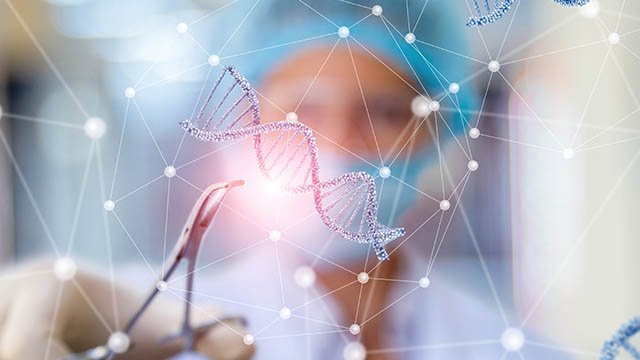by IRT News Team | Feb 10, 2023 | Scientific References 2
Third World Network summarises the findings of an important new study Classical genetic engineering and new genome editing techniques, especially the CRISPR/Cas technology, increase the possibilities for modifying the genetic material in organisms. Legitimate safety... 
by IRT News Team | May 20, 2022 | Scientific References 2
New GM plants do not have a history of safe use and should not be exempted from biosafety assessments. Eckerstorfer MF et al (2021). Biosafety of genome editing applications in plant breeding: Considerations for a focused case-specific risk assessment in the EU.... 
by IRT News Team | May 10, 2022 | Scientific References 2
Following creation of a double-strand DNA break by the CRISPR gene-editing tool, the repair can unexpectedly include the insertion and rejoining of the broken DNA ends of the recombination template DNA used, or the insertion of contaminating DNA present in materials... 
by IRT News Team | May 2, 2022 | Scientific References 2
Alteration of the genetic code of the targeted gene can produce mutant forms of the protein it encodes for, new RNA, and new protein products. These outcomes can lead to changes in the plant’s biochemistry and the possible production of novel allergens and toxins. Mou... by IRT News Team | Apr 24, 2022 | Scientific References 2
Kawall K (2019). Frontiers in Plant Science 10:525.... by IRT News Team | Apr 18, 2022 | Scientific References 2
The action of the gene editing tools is not the only cause of genome disruption. The gene editing process, taken as a whole (including plant tissue culture and GM transformation procedure), induces hundreds of unintended mutations throughout the genome of the plant....



